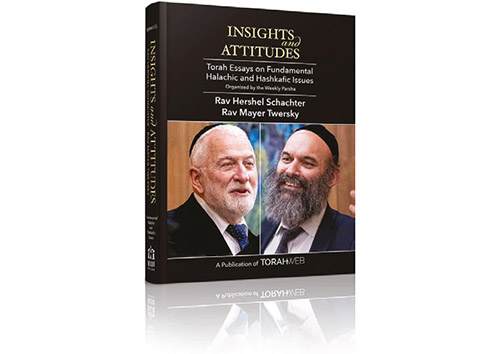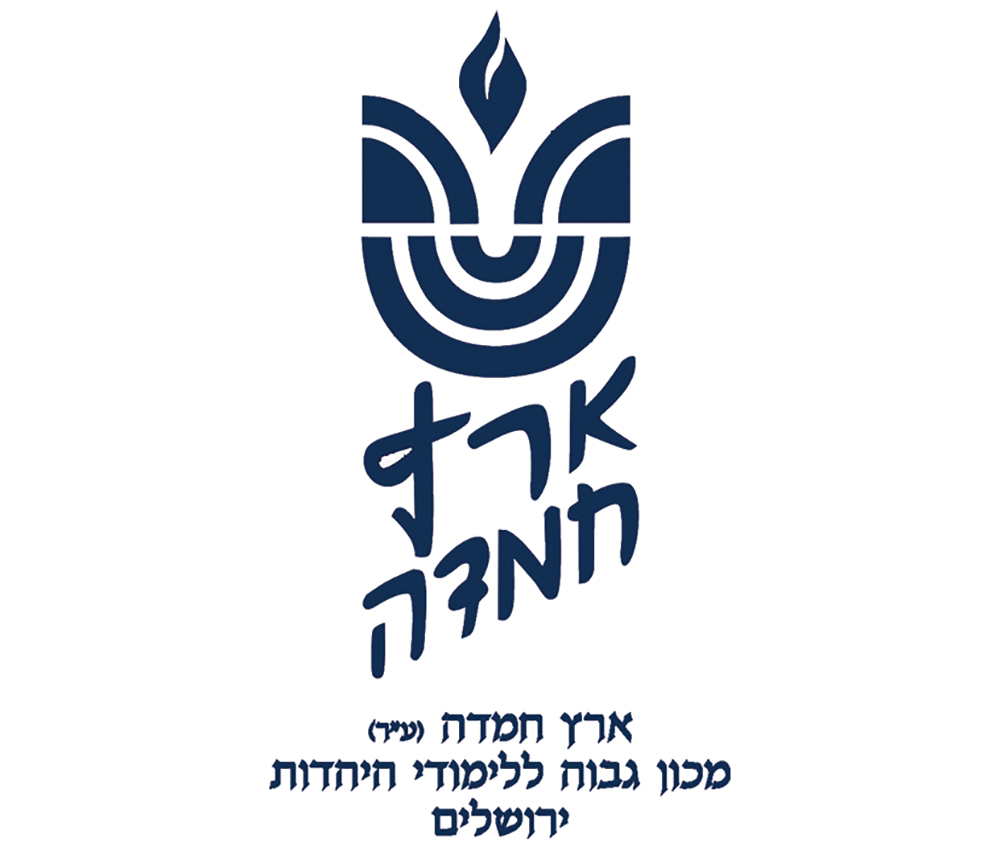
Editor’s note: This series is reprinted with permission from “Insights & Attitudes: Torah Essays on Fundamental Halachic and Hashkafic Issues,” a publication of TorahWeb.org. The book contains multiple articles, organized by parsha, by Rabbi Hershel Schachter and Rabbi Mayer Twersky.
While the halacha that a קידוש ה’ ברבים must take place in the presence of an edah is derived from a pasuk in Emor (Vayikra 22:32), the definition of the term “edah” is established by the Gemara (Megilla 23b) based on a pasuk in this week’s parasha (Bamidbar 14:27). Of the twelve meraglim, only Yehoshua and Kalev conveyed a proper report, while the other ten sinned and delivered a terrible report. When complaining about the ten sinners, HaKadosh Baruch Hu refers to them as an “edah hara’ah,” and we thereby understand the halacha that קידוש ה’ ברבים must be in the presence of ten Jews. This passage in the Gemara seems so strange—we establish the concept of a minyan based on the fact that there were ten evil meraglim!
Perhaps what the Chachamim had in mind with this derivation was the following: The Rambam writes (commentary to Mishnayos Bechoros 29, and Sefer HaMitzvos, asei #153) that we have halachos that are based on the premise that only the Jewish people who live in Eretz Yisrael constitute Klal Yisrael; all of the millions of Jews who live in chutz laAretz (outside of Eretz Yisrael) are considered to be yechidim, individuals (Ta’anis 14b). (Those who live in chutz laAretz but view Eretz Yisrael as their national homeland are also considered, to a lesser degree, part of Klal Yisrael.) The din (law) of קידוש ה’ ברבים really should have required the presence of all of Klal Yisrael, but, as we said above, we derive from this week’s parasha that wherever there is a minyan of Jews, they represent Klal Yisrael (Rabbi Yosef Dov Soloveitchik, Divrei Hagus Veha’aracha, pp. 114-116), and the Shechina (God’s presence) is present there. Perhaps the Chachamim could only derive this principle from the meraglim since after yetzias Mitzrayim, they were the only Jews who had stepped foot in Eretz Yisrael.
Rabbi Hershel Schachter joined the faculty of Yeshiva University’s Rabbi Isaac Elchanan Theological Seminary in 1967, at the age of 26, the youngest Rosh Yeshiva at RIETS. Since 1971, Rabbi Schachter has been Rosh Kollel in RIETS’ Marcos and Adina Katz Kollel (Institute for Advanced Research in Rabbinics) and also holds the institution’s Nathan and Vivian Fink Distinguished Professorial Chair in Talmud. In addition to his teaching duties, Rabbi Schachter lectures, writes, and serves as a world renowned decisor of Jewish Law.









